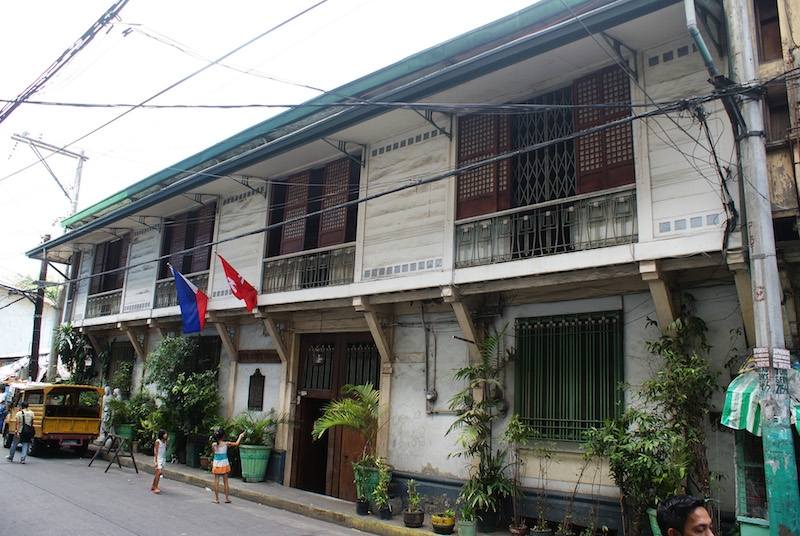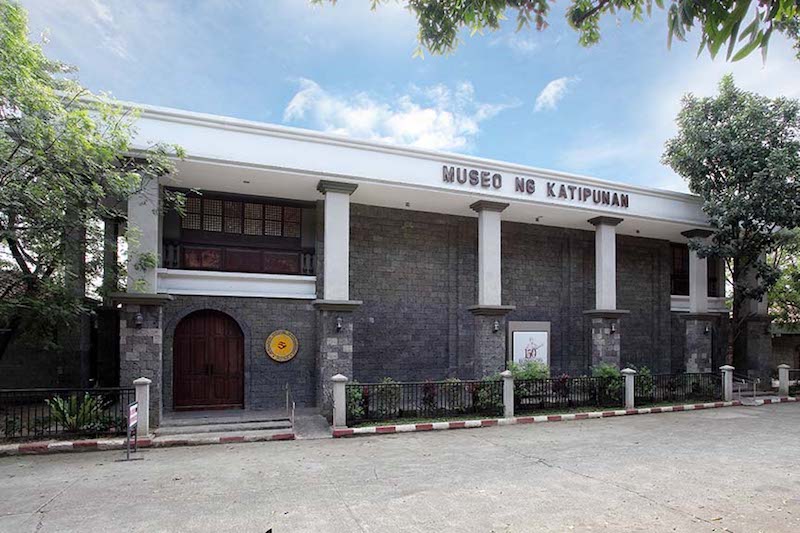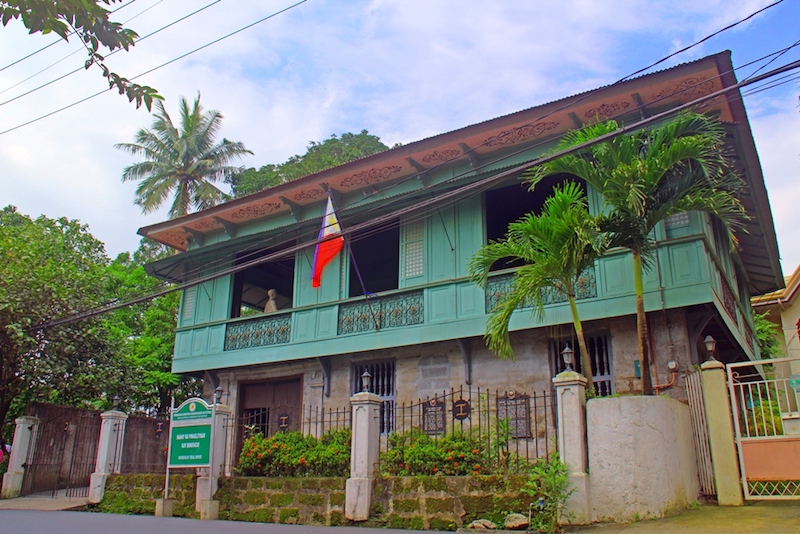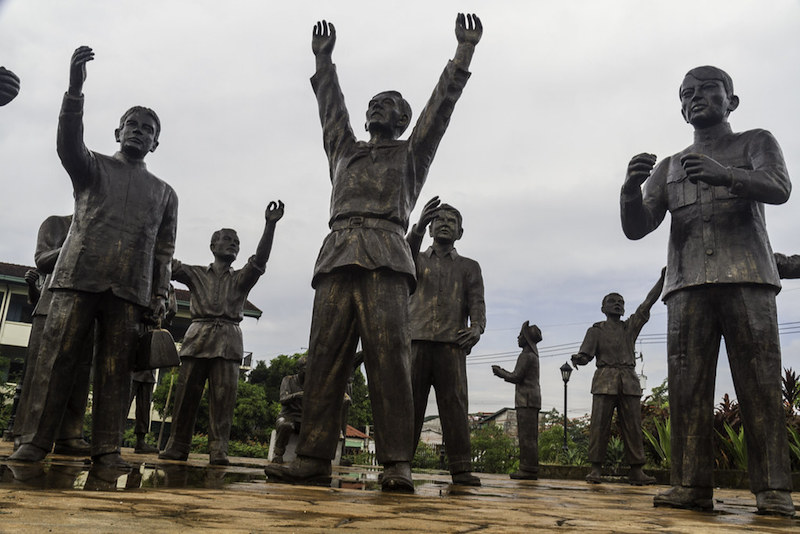Celebrated on Nov. 30, Bonifacio Day commemorates the birth of the Father of Philippine Revolution. Most of us look forward to this day as a break from school or work, spending the day on out-of-town trips, visits to amusement parks or malls, or just at home to rest.
This year, why not change things up and celebrate Bonifacio Day by learning more about him and his work through a little field trip? We’ve put together a short list of all the heritage sites and museums dedicated to preserving his memory and his work with the Katipunan.
Bahay Nakpil-Bautista
432 A. Bautista, Quiapo, Manila
Admission fee: P80 for adults, P50 for senior citizens, grade school and high school students

Built in 1914, Bahay Nakpil-Bautista is a heritage structure that doubles as a special events place and a center for community activities. The house’s architecture is inspired by the Vienna Secession, a 1900s art movement that marked the beginnings of art nouveau and modern design.
As the name suggests, the heritage site served as the residence of the Nakpil-Bautista clan, housing the likes of Dr. Ariston Bautista who discovered a treatment for cholera; Julio Nakpil, who was a musician and a general during the Philippine Revolution; and Gregoria de Jesus, Bonifacio’s widow and the founder of the Katipunan women’s chapter.
Museo ng Katipunan
29 Pinaglabanan St., Brgy. Corazon de Jesus, San Juan City
No admission fees

Situated in the grounds of Pinaglabanan Shrine, Museo ng Katipunan is a site that honors the efforts of Andres Bonifacio, Emilio Jacinto, and all of the Katipuneros who fought for the independence of the Philippines. The museum houses archival documents and weapons used by the revolutionaries and various artworks that depict scenes from the revolution.
Aside from these artifacts, Museo ng Katipunan also features interactive exhibits. These include an audio recording of Bonifacio’s poem “Pag-ibig sa Tinubuang Lupa,” and an interactive map that traces Bonifacio and Jacinto’s lives in Tondo, Manila, the Kartilya, and the Katipunan Decalogue.
Museo ng Paglilitis ni Andres Bonifacio
Col. C. Riel St., Maragondon, Cavite
No admission fees

Also known as the Roderico Reyes Ancestral House, the site served as a military court for the trial of the Bonifacio brothers. The museum houses exhibits dedicated to Andres and his work with the Katipunan and recounts the conflicts between the Katipunan’s factions in Cavite: the Magdalo and Magdiwang.
The court-martial of the Bonifacio brothers is also re-enacted through an audio-visual presentation. A brief documentary about Bonifacio’s trial and death can be viewed through the audio-visual corner.
Cry of Pugad Lawin Park
Seminary Rd., Brgy. Bahay Toro (Project 8), Quezon City
No admission fees

To cap off the tour, visit the Cry of Pugad Lawin Park. True to its name, the park memorializes the beginning of the Philippine revolution against the Spaniards through a tableau of the Katipuneros tearing up their cédulas personales (community tax certificates) and letting out patriotic cries.
The site was established by the Pugad Lawin Historical Committee, and the statues in the park were made by National Artist Napoleon Abueva.














































